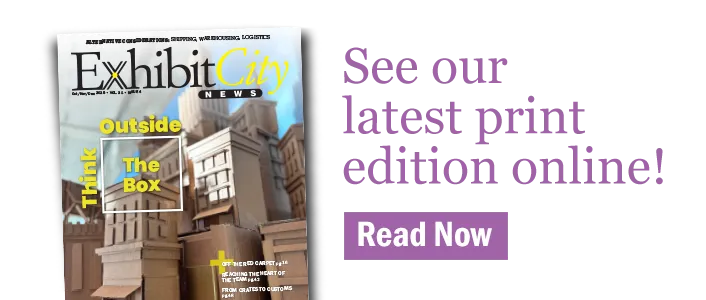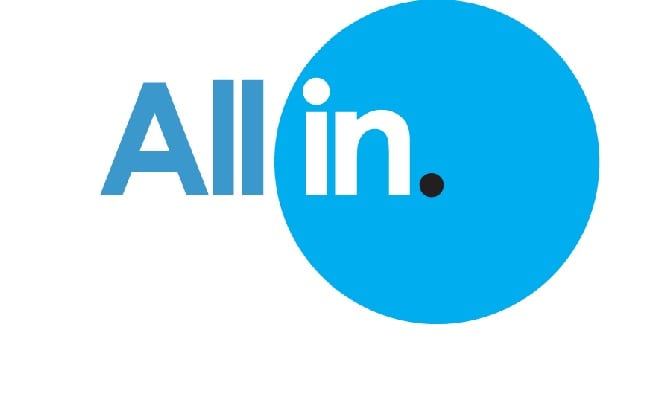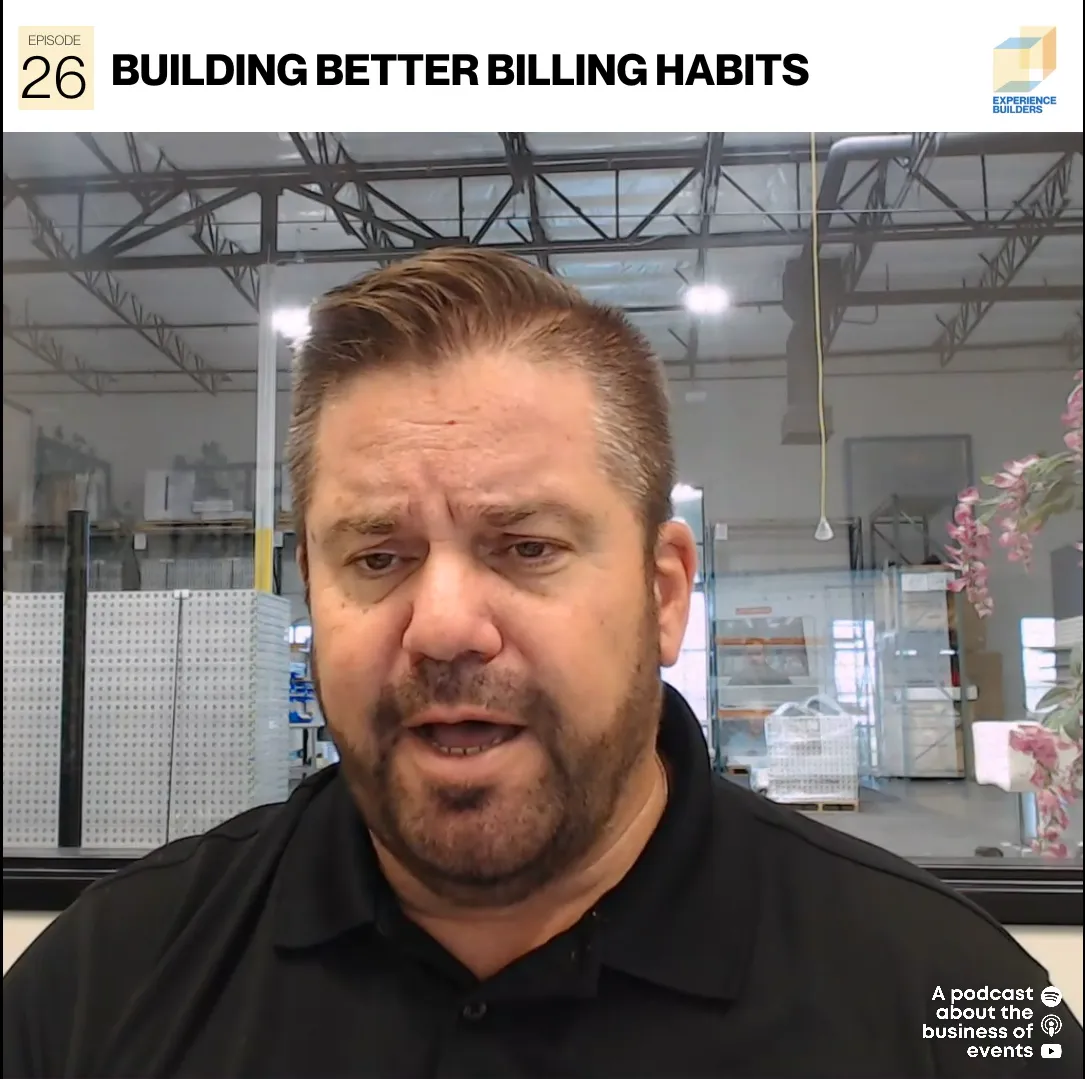by H. K. Wilson
When you have dedicated thousands of hours to achieving mastery in your field, you don’t just walk away when things get tough.
There is likely no industry that has been harder hit by the pandemic than that of live events. And while thousands of meeting and tradeshow workers have been furloughed or lost their jobs outright, they have not simply given up on the careers they have invested in. This skilled workforce has remained connected and proactive, and as the world is beginning to turn once again, it is ready for action.
Throughout the pandemic, associations have been the industry’s beating heart. They have provided the unbroken infrastructure and leadership to keep people communicating and innovating. They have taken on big challenges from supporting the mental health of members to advocating for the industry at the highest levels of government.
The focus early in the pandemic was organizing industry efforts toward health and safety. What could the industry do to ensure that event personnel, exhibitors and guests could come together again safely—and further, what could the industry do to make people feel safe?
ESCA been working hand-in-hand with its members and partners throughout the pandemic crisis. It is a key contributor to the Go Live Together initiative and the Exhibitions and Conferences Alliance (ECA), as well as a strong supporter of the Exhibitions Mean Business initiative. Now, All In addresses the “Three Rs” of the post-pandemic environment:
- Readiness to bring the industry and its workforce together with new innovations.
- Restart with greater flexibility and new technologies, and to provide health and safety protocols.
- Re/Event to tackle industry challenges with stronger communication and new solutions.
 Julie Kagy (pictured right) is ESCA’s director of operations. A graduate of Purdue’s hotel and restaurant management program, Kagy went on to work for Four Seasons Hotels before pivoting to tradeshows at GES. There, she became an active ESCA member, and eventually, she was recruited to become one of ESCA’s key personnel. Six years later, she and her team are focused on helping the industry get back to work. “As we started hearing rumblings that shows were coming back, we realized we had to focus not just on the safety piece, but on rehiring, retraining and reinventing ourselves so that we’re ready. We needed to get the word out there that this is not something we’re ignoring. We’ve all been working incredibly hard, and our main focus is ensuring that the industry is ready with the right staff, labor and equipment.”
Julie Kagy (pictured right) is ESCA’s director of operations. A graduate of Purdue’s hotel and restaurant management program, Kagy went on to work for Four Seasons Hotels before pivoting to tradeshows at GES. There, she became an active ESCA member, and eventually, she was recruited to become one of ESCA’s key personnel. Six years later, she and her team are focused on helping the industry get back to work. “As we started hearing rumblings that shows were coming back, we realized we had to focus not just on the safety piece, but on rehiring, retraining and reinventing ourselves so that we’re ready. We needed to get the word out there that this is not something we’re ignoring. We’ve all been working incredibly hard, and our main focus is ensuring that the industry is ready with the right staff, labor and equipment.”
As a conduit for communication among venues, labor, contractors and suppliers, ESCA is facilitating education, information sharing and cooperation between parties to ensure a successful, industrywide reopening. One place where ESCA has been able to help is by quashing erroneous rumors. “One rumor is that everybody is retiring early,” Kagy says. “That is completely inaccurate. There’s another rumor that people are leaving the trades. That is just not the case. This industry is where their benefits, pensions and livelihoods are—it’s a career. Leaving would be equivalent to a teacher, doctor or any other skilled person making a career change. Labor might have been finding other things to do in the meantime, but people are ready to return to their careers.”
For everyone to come together again, venues must be ready to receive them. During a virtual panel discussion about All In hosted on June 15, David Causton, general manager of McCormick Place and vice president of convention centers at ASM Global, said that in order to welcome people back safely, venues are successfully adopting new cleaning protocols. Many have become Global Biorisk Advisory Council certified. During the downtime, numerous facilities have made capital improvements, adopting new technologies like touchless doorways and restroom facilities. Some have even embraced the events of the future with new broadcasting studios. And finally, greater cooperation among organizers, contractors, labor and exhibitors is making the upcoming compressed show schedules possible.
 Chris Schimek (pictured right), executive vice president of event delivery at Freeman and ESCA board member, says that during the pandemic downtime, his team has focused on enhancing the customer experience. “We’ve centralized customer service support and unified our localized service teams into one national team for a more consistent approach, given exhibitors additional ways to communicate with us (like text and chat), increased show floor efficiencies to ease move-out headaches, added new modernized products offerings, simplified our pricing models (for storage and material handling), and are expanding the option for customers to submit and complete outbound paperwork without any paper. Also, our branches have become more regionalized to offer greater consistency in product and service.”
Chris Schimek (pictured right), executive vice president of event delivery at Freeman and ESCA board member, says that during the pandemic downtime, his team has focused on enhancing the customer experience. “We’ve centralized customer service support and unified our localized service teams into one national team for a more consistent approach, given exhibitors additional ways to communicate with us (like text and chat), increased show floor efficiencies to ease move-out headaches, added new modernized products offerings, simplified our pricing models (for storage and material handling), and are expanding the option for customers to submit and complete outbound paperwork without any paper. Also, our branches have become more regionalized to offer greater consistency in product and service.”
Bringing team members back is currently one of Freeman’s greatest challenges. Schimek continued, “We are ramping up quickly as shows come back—and we’re so happy to be doing so by re-onboarding furloughed team members. Freeman has kept them close through regular contact and updates from their manager, a weekly newsletter that includes business, industry and team updates, Town Halls and webinars on a range of topics.” Each department has created onboarding playbooks to maximize efficiency. “We’ve also engaged those on furlough and others in the industry through a new community Live Team (www.liveteam.com), which is an online networking resource for professionals in the business-events industry. The goal is to build a community to connect, share and learn new skills to help prepare talent as we come back to live events.”
 Joanne M. Sanders (pictured left) is the international vice president and tradeshow department director for the International Alliance of Theatrical Stage Employees. She is also co-chair of ESCA’s labor and management council. Sanders shed light on some of the difficulties the industry’s labor sector is now facing. Despite her organization’s tireless efforts to help revamp production lines to produce PPE by employing members, and setting up and staffing vaccination sites across the country to provide members with short term employment, approximately 85 percent of its membership remains unemployed.
Joanne M. Sanders (pictured left) is the international vice president and tradeshow department director for the International Alliance of Theatrical Stage Employees. She is also co-chair of ESCA’s labor and management council. Sanders shed light on some of the difficulties the industry’s labor sector is now facing. Despite her organization’s tireless efforts to help revamp production lines to produce PPE by employing members, and setting up and staffing vaccination sites across the country to provide members with short term employment, approximately 85 percent of its membership remains unemployed.
But during these months of limited activity for workers, Sanders says they have not been idle. “We have increased our online training courses to ensure that workers have maintained their skills and adapted to new technologies that they may now find on the show floor. At this writing, one of our main challenges exists in 25 states where governors have chosen to eliminate the Pandemic Unemployment Assistance which will affect hundreds of thousands of workers in our industry in the next few weeks. To be clear, these folks are NOT staying home because of the money. They are skilled technicians who can see the industry gearing back up and they know the return to work is imminent, but imminent is defined as late summer early fall in many markets. Eliminating PUA and PEU is creating a gap from which they may not recover.”
Collaborating with ESCA and other organizations has been critical to getting IATSE members back to work. “Participating with ESCA and the All In campaign has certainly created opportunities for greater communication and collaboration,” Sanders says. “In the last few months, we have created the Tradeshow Labor Alliance with representation from the IATSE, IBEW, Carpenters, IUPAT (Painters), and Teamsters. We have been working with employer members of ESCA, with venue managers, and with suppliers to develop safety protocols for return to work, to enhance training programs for new technology, and to review new ways of addressing work as we anticipate a compressed schedule in the fall. The more information we share, the earlier we share it, the more likely we can reach suitable solutions, especially in situations where unanticipated issues arise. Having practiced collaboration over the last 15 months will bode well for all of us as the industry moves forward.”
 Jeff Quade (pictured right) is the executive vice president for events at GES. His organization has been proactive by reimagining its business and mapping new opportunities for growth. “We made some strategic changes to better facilitate the evolving needs of our clients and reimagined the exhibitor experience journey. Some recent examples include:
Jeff Quade (pictured right) is the executive vice president for events at GES. His organization has been proactive by reimagining its business and mapping new opportunities for growth. “We made some strategic changes to better facilitate the evolving needs of our clients and reimagined the exhibitor experience journey. Some recent examples include:
- “The GES Plus Series℠, a broad simplification initiative across multiple exhibitor services and product offerings. The initiative has rigorously analyzed all pricing structures and created a comprehensive series that makes the ordering and billing process easy to understand and transparent for show organizers and exhibitors. Our first programs in the GES Plus Series include material handling and electrical, which will be followed by future programs in the series.
- “New offerings for GES Exhibitor Services:
- “Electronic Bill of Lading allowing exhibitors to electronically prepare their shipments at the end of a show, from the comfort of their booth.
- “A texting service program for all locations which allows exhibitors and EAC’s to text a question instead of seeking out GES personnel at show site.”
Third- and fourth-quarter show compression is challenging both physical and human resources. “To address this, we are utilizing our Flex Talent Pool program and the return of skilled professionals to our organization to ensure we successfully produce these shows,” Quade says. “The Flex Talent Pool program offers flexible work opportunities for experienced exhibition and live event talent. We created this program in anticipation of live events returning in 2021. With business demand still uncertain, this program allows us to flex up and down as business needs necessitate.”
Through it all, he says ESCA has remained an important resource. “The organization is critical in providing education, training, resources and ample networking opportunities in our industry,” Quade says. “ESCA provides us with up-to-date information on what is happening in our industry, helpful guidance on health/safety protocols and resources to collaborate with.”
Kagy encourages ESCA members “not to be isolated or stand in silo. Reach out to have honest conversations when you’re having challenges—even with those outside the ESCA membership. Likely, somebody can assist. Be extremely proactive and have contingency plans in place. As much as possible, we need to be addressing things in advance.”
All In participants report that they are already seeing some unique arrangements coming out of this initiative, from sharing of resources to collaborative strategies for moving things in and out of show sites efficiently. Kagy continued, “When I first became an ESCA member, I was so surprised at the camaraderie between competitors. This is a very small world, and many relationships have been established for years and years. I see people working with each other, asking a contractor to mark the floor before move-in or making arrangements to share equipment. The really positive thing COVID has done is accelerate that spirit of cooperation.”
This is a bridge year. Research shows that companies have not lost interest in face-to-face marketing—they have simply been waiting for a safe time to return. According to Kagy, partnerships are crucial to everyone’s success in the coming months. “We all need to row together in the same direction. We know the foreseeable future is going to present a unique set of challenges. We all need to communicate and reinvent ourselves a little bit. And doing things differently is not a bad thing. A lot of innovations came out of the past year. We’re excited to see how that affects the tradeshow and event world going forward. And we’re excited to be back to work and addressing challenges so we can come out on the other side. This is who we are—we can do anything. Having the conversation about how is the key.”
This story originally appeared in the July/August 2021 issue of Exhibit City News, p. 42-45. For original layout, visit https://issuu.com/exhibitcitynews/docs/ecn_july-august_2021























